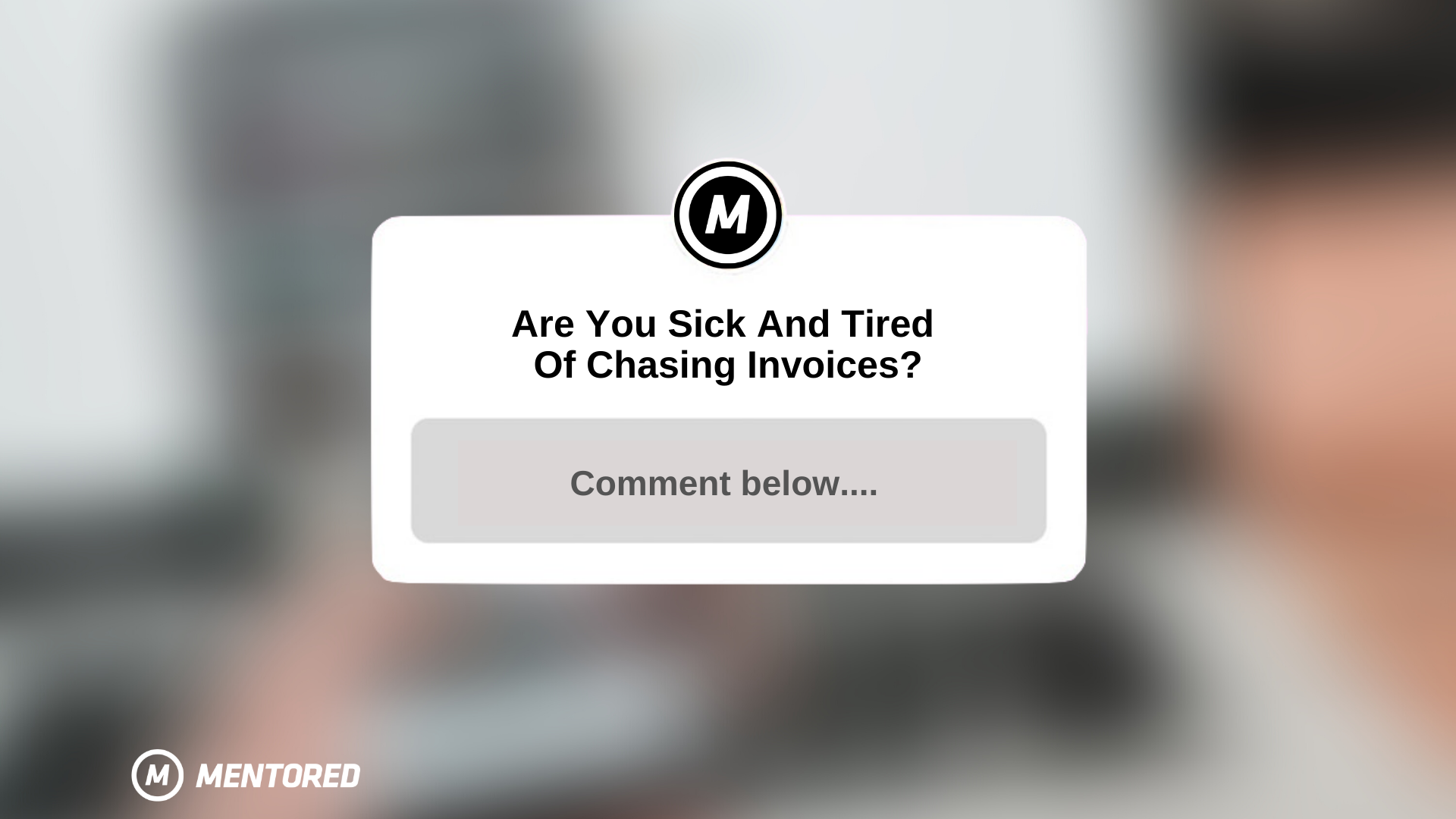
Late payment of invoices can have devastating impacts on small businesses and can dramatically impact on the growth of the local business community.
A report by accounting software company Xero revealed that in 2019, an estimated $115 billion in payments from large businesses to SMBs were paid late.
Over 10 million invoices were used to analyse payment patterns, revealing that between July 2017 to July 2018, small businesses had to chase nearly 53% of invoices due to be paid by large businesses. On average, small businesses not paid on time were left waiting 23 days to receive payment.
We decided to put together a list of our best practices to help you have your invoices paid on time. It all comes down to developing the right payment practices and learning to communicate to your clients.
Our top 8 tips for better invoicing practices:
- Position the client early on
- From the outset, you need to be absolutely clear about your costs, your services and what work you’re expected to complete. You must position the client, before any work is done, about what is expected of you and what you expect from them. Honest, open and two communication is your best practice.
- Have clear terms and charge interest.
- This can be daunting for some but you must accept that invoicing is your lifeblood, therefore you mustn’t feel shy about being exceptionally blunt when it comes to being paid. Your terms tells the client when you expect to be paid, how much, and how they can pay you. Include the details like:
- how you accept payment
- the date payment is due
- interest payments or penalties for late payment
- This can be daunting for some but you must accept that invoicing is your lifeblood, therefore you mustn’t feel shy about being exceptionally blunt when it comes to being paid. Your terms tells the client when you expect to be paid, how much, and how they can pay you. Include the details like:
- Charge a percentage of the overall job upfront.
- As a professional, you’re more than entitled to charge a percentage of the overall job upfront. Again, this about setting and managing expectations. Naturally, this might be more comfortable with long standing clients, but it can also be an indicator of potential issues: if a new client pushes back on early payment agreements, ask yourself why?
- A simple approach is to ask for 20%, 30%, 50% up front, and the rest to be paid once the goods or services are delivered.
- Make it as easy as possible for others to pay you.
- There has been a proliferation of digital payment options: PayPal, BPAY, tap and go, After Pay, Quick to pay invoicing and so on. Make sure you utilise these services to make payment for your clients as easy and painless as possible.
- This includes making the invoice clear and easy to understand. Having your business’ logo as an identifier, a clear itemised list of services completed and any further breakdowns necessary help to minimise the potential for confusion. Invoices that raise questions or confuse the client can delay payments unnecessarily.
- The basics to include in your invoice:
- The name of your company, including a logo, and the best contact for your client to reach out to.
- An invoice ID
- The date of the invoice
- The due date
- A break down of the work completed, including hours, task identifiers, dates, tax details, pricing.
- Instructions on how you accept payment.
- Early payment incentives.
- If you’ve found yourself constantly chasing invoices, consider adding payment incentives for early payment. Again it comes down to having clear payment terms upfront to manage client expectations. The discount offered will vary depending on your industry, your client/customer, your margins and so on. A simple example:
- Offer a 3% discount for invoices paid within first 14 days. After that, the invoice is owed in full.
- These can go hand in hand with late payment fees – early payment leads to subtle discounts, late payments incur penalties.
- If you’ve found yourself constantly chasing invoices, consider adding payment incentives for early payment. Again it comes down to having clear payment terms upfront to manage client expectations. The discount offered will vary depending on your industry, your client/customer, your margins and so on. A simple example:
- Set up automation in your accounting software.
- Regardless of your needs, utilising accounting software can save you time and energy. It can also be a good compromise between spending hours on spreadsheets yourselves, or hiring a dedicated professional full-time.
- If you’re unsure about accounting software, here is a review of the landscape for 2019 by Hubspot.
- Invoice quickly and Follow up!
- Sending an invoice as soon as work is completed keeps your work in the front of your clients mind and can encourage prompt payment.
- Utilising appropriate accounting software can help to automate this process and can remove the potential problems raised by paper invoices.
- Don’t be afraid to drop the mic.
- It all ties in to how you have positioned the client: when you bring on a new client, don’t let them push you around and dictate how you work. Be strong about your services. Nail your costs, nail your payment time, and if delayed or non-payment persists and they ignore your warnings… down tools
- In the case of a job that has been completed and your client is ignoring your repeated emails and calls, look to debt collectors. For information about chasing bad debts visit ASIC.
Let Mark Bouris show you his framework for running a successful business – Click Here
Post